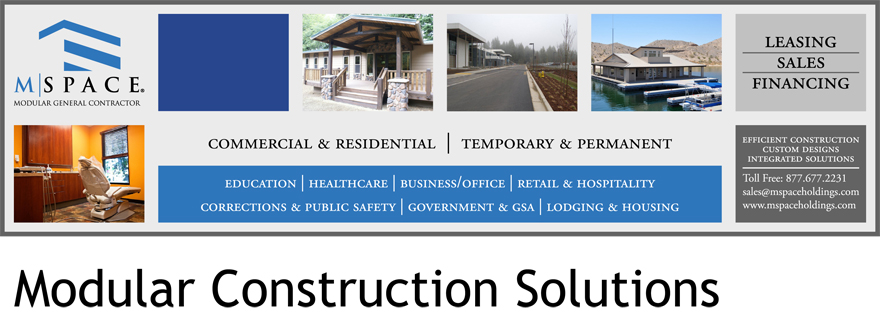There were important housing lessons to be learned from Hurricane Sandy, which ravaged a good part of the East Coast last week.
Thousands of houses were without power for more than a week, and some are apt to be out for much longer. If those houses had been equipped with some form of renewable energy with battery backup, such as photovoltaic panels and wind turbines, they would have been able to have power and, perhaps, hot water -- even when they weren't getting power from the grid. The added advantage for the future, when the local power is restored, is that the homes would be able to give energy back to the grid in most locations and help lower utility bills.
Many of the people who have lost their power are currently sitting in very cold houses. One solution for those who are rebuilding -- or for those who want to just build better -- would be to construct their homes with such a tight envelope and super insulation that if the power goes out, the house can retain the existing heat for days on end. Building such a house involves the use of more insulation than code requires and exceptional attention to air sealing. This includes windows that are high efficiency and are not leaking air. A blower door test performed on the house will indicate where leaks may be in the entire envelope of the house. These leaks can be eliminated, making the house more comfortable and saving on fuel costs.
People are often concerned that building a house so efficiently will be very costly, but in reality, any additional cost for building such a tight, super-insulated envelope will begin to pay for itself from the day the homeowner moves into the house. After having researched home construction for several years, I have observed many houses that have either no heating system or just a minor system and are able to keep their homes quite comfortable by building a well insulated structure.
Another option that homeowners should consider is building their home using
prefabricated construction. Many of the homeowners who have lost their homes in this storm will need a new one quickly. Building prefab can vastly shorten the construction time from a year or more to several months.
When people build homes for the future, they should consider building them stronger. Several years ago, in August 1992, after the high winds of Category 4 storm Hurricane Andrew, the Federal Emergency Management Agency concluded that "overall, relatively minimal structural damage was noted in modular housing developments. The module-to-module combination of units appears to have provided an inherently rigid system that performed much better than conventional residential framing."
These houses held up so well because they were built to a higher standard. The
modules are built to withstand traveling 60 mph on the highway to the destination where they will be set. They also have to be strong enough to be lifted with a crane and set on a foundation. Typical on-site built houses could never endure this treatment. Modules are built under the close supervision of experienced workers and in protected environments where the materials are not compromised by exposure to the elements.
There are other advantages to prefabricated construction as well. Bringing in modules is far less obtrusive to the neighborhood; they are more predictable with fewer change orders, which end up costing the homeowner a great deal more money; and materials are saved, with many of them recycled in the factory. The homeowner is paying for all of the materials that go into a dumpster during on-site construction. Most of that debris is recycled in a factory setting. Wood cutoffs can be used on other houses, and drywall and metal are returned to the manufacturer to be recycled.
Two studies showed multiple advantages to prefab construction. In a study done several years ago, "Framing the American Dream," when two houses were built side by side, one built in panels and one built on-site, savings were found in man hours, labor costs and lumber for the panelized home, and there was less scrap and fewer dumpsters.
In another study in Philadelphia -- where construction costs were exceeding the amount that homeowners could afford to pay -- a coalition formed by a group of nonprofit and for-profit organizations found that replacing stick-built with modular construction would save $32 per square foot. The coalition concluded that "modular single-family-home construction significantly lowers the cost to build a new home in Philadelphia."
People who have read my books on prefab construction often ask me, "Why doesn't everyone build their houses this way? The advantages seem to be so obvious." My answer is always the same: "Prefab construction is the best-kept secret in America."
Now that we require a great deal of new housing on the East Coast -- homes that can be built fast and on a tight budget -- people need to consider these very efficient and expedient options. They should also be considered by anyone thinking about building or remodeling their home in other locations as well.
*Article via AOL Real Estate found at: http://realestate.aol.com/blog/2012/11/05/hurricane-sandy-housing-lessons-how-to-build-a-better-home/?goback=%2Egmr_1263907%2Egde_1263907_member_182857666
